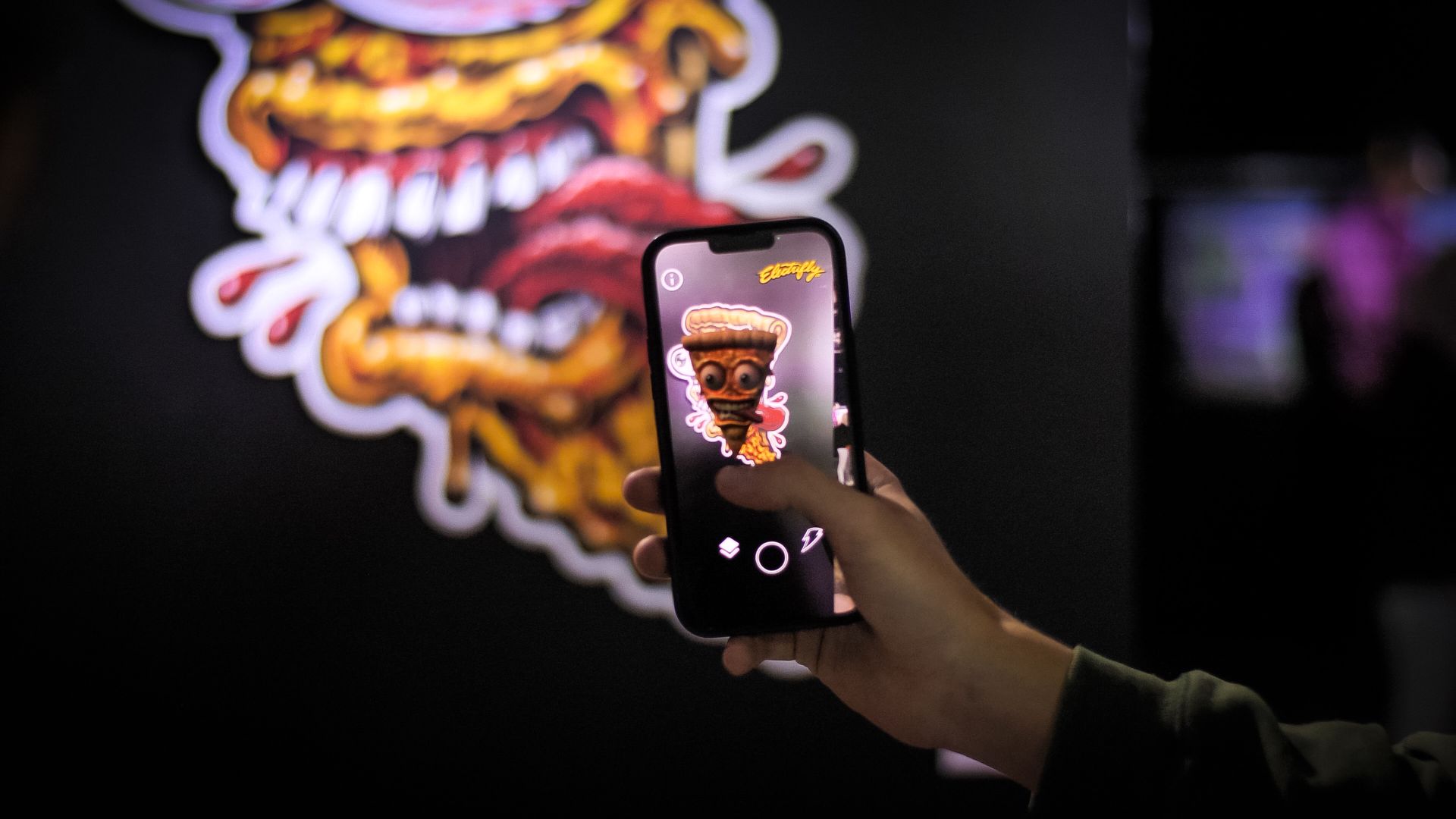5 QR Code Marketing Myths & Misconceptions Debunked

QR codes have become powerful marketing tools in today's digitally driven world. Despite their growing popularity, several myths and misconceptions about QR code marketing persist. Let's unravel these myths and understand the true potential of QR codes in the marketing landscape.
Myth 1: QR Codes Are Obsolete
Reality: QR codes have made a significant comeback, especially with the rise of contactless interactions during the COVID-19 pandemic. Once considered a fad, QR codes are now integral to various marketing strategies, from restaurants displaying digital menus to businesses using them for seamless information sharing. The global adoption of smartphones has made QR codes more accessible and user-friendly, debunking the myth that they are outdated technology.
Myth 2: QR Codes Are Only Useful for Linking to Websites
Reality: While QR codes often direct users to websites, their functionality extends far beyond this. Dynamic QR codes can be updated in real time and used for various purposes, such as directing users to social media profiles, downloading apps, accessing Wi-Fi networks, and even launching augmented reality (AR) experiences. For instance, brands like BrandXR leverage QR codes to create immersive AR experiences that engage customers uniquely and interactively.
Myth 3: Consumers Don’t Scan QR Codes
Reality: Contrary to popular belief, consumers scan QR codes, especially when there's a clear incentive. A recent study showed that over 70% of consumers have scanned a QR code in the past year. Curiosity, ease of use, and the promise of exclusive content or discounts drive users to engage with QR codes. Additionally, integrating QR code scanners into smartphone cameras has simplified the scanning process, encouraging more users to participate.

Myth 4: QR Codes Are Not Secure
Reality: Security concerns around QR codes often stem from misinformation. QR codes are secure when implemented correctly and can even enhance user privacy by minimizing physical contact. For added security, businesses can use dynamic QR codes, which can be updated without changing the code, and track engagement metrics to detect any unusual activity. Moreover, many QR code generators offer encryption and security features to protect against malicious use.
Myth 5: QR Codes Are Difficult to Create and Implement
Reality: Creating and implementing QR codes is easier than ever, thanks to numerous online tools and platforms. Businesses can generate custom QR codes in minutes using user-friendly platforms that offer various customization options, from color schemes to incorporating logos. Implementing these codes into marketing materials is straightforward, whether on print ads, billboards, or digital platforms. The ease of creation and implementation debunks the misconception that QR codes are complex to use.
Enhancing QR Code Campaigns with Augmented Reality
Integrating QR codes with augmented reality (AR) can elevate marketing campaigns, offering interactive and engaging experiences. For example, scanning a QR code could bring a static print ad to life with a 3D animation or interactive video, providing a richer user experience. BrandXR’s no-code AR platform allows businesses to create and deploy such AR experiences effortlessly, further showcasing the versatility of QR codes in modern marketing.
Conclusion
QR codes are far from obsolete; they are a dynamic and versatile tool in the marketer's arsenal. By understanding and leveraging their full potential, businesses can create engaging and interactive campaigns that resonate with today’s tech-savvy consumers. The possibilities are endless, Whether through dynamic QR codes, augmented reality, or secure and straightforward implementation. Debunking these myths allows marketers to harness the true power of QR codes and stay ahead in the competitive digital landscape.
TALK TO A PRO
We're here to bring your brand to life!
Stay Connected with BrandXR
Create Augmented Reality for Free!
Create, Publish, and Measure 3D Augmented Reality Experiences Without Having to Code.














